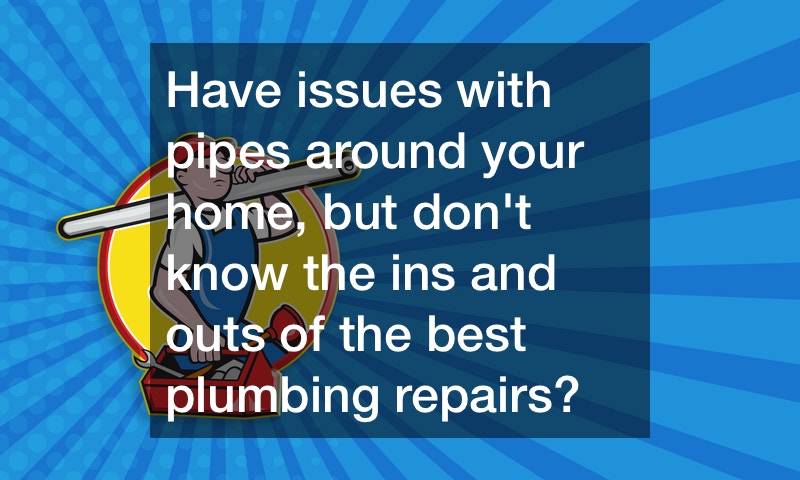3 of the Most Common Types of Hose Clamps


Not all hose clamps are created equally. There are various types of hose clamps with varying uses for various different project. You need to be able to choose the right type for your project, and to do that, you need to know what some of the most common types are and what they’re used for.
Here are a few things you should know.
Worm-Gear
The most common type of hose clamps are worm-gears. These heavy duty hose clamps are made of stainless steel and can be used to tighten in a wide range of different applications using just a regular screwdriver. All you have to do is turn the screwdriver clockwise to tighten, and counterclockwise to loosen.
T-Bolts
Like worm gears, T-bolts are stainless steel, but they include a spring mechanism. This makes them perfect for applications in hard-to-reach places requiring a lot of protection against corrosion, making them very popular for silicone hoses and automotive jobs. Realistically, they’re great for any soft hosing materials, because they mitigate the chance of grating or puncturing the hose. The reason they’re called T-bolts is because of the T-shaped bolt inside one of the clamp’s ends. The other end is threaded. However, T-bolts have a small usable range. In other words, you have to get the right size clamp, or else you won’t get the seal tight.
Linear
Linear clamps are the perfect type to protect soft-surface hosing, like silicone hosing. The reason being is that their liner provides soft-surface hoses the maximum protection from damage. They also create a true concentric seal. Like worm gears, they need to be tightened with a screw driver.
Worm gears are the most common type of clamps, but that doesn’t mean that they’re right for every application. If you need to make sure a soft hose doesn’t get punctured or grated, use a T-bolt. If you need to create a true concentric seal, use linear clamps.
If you have any questions about the different types of hose clamps, feel free to share in the comments.
